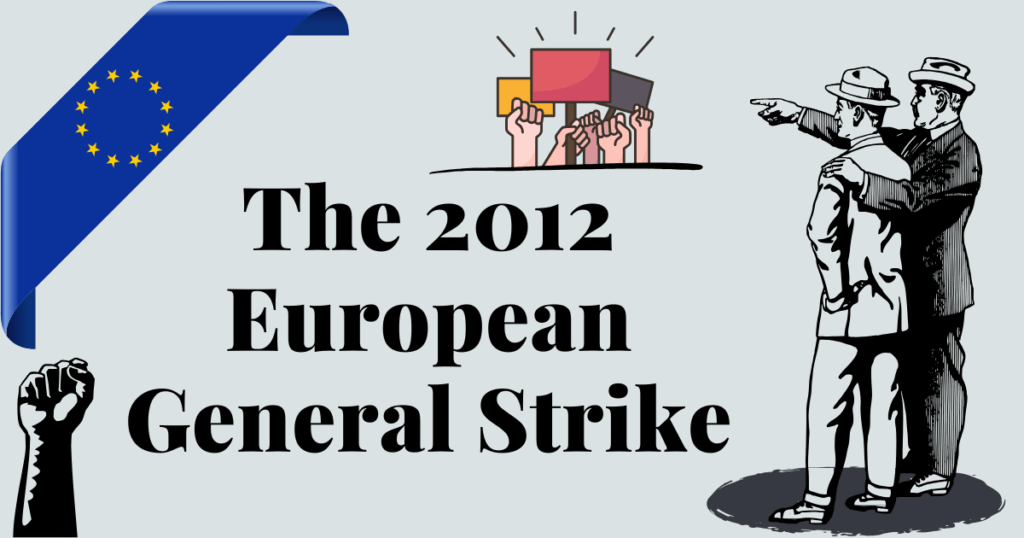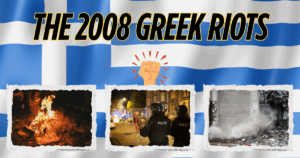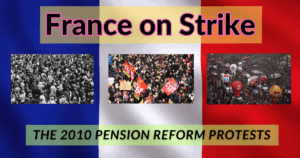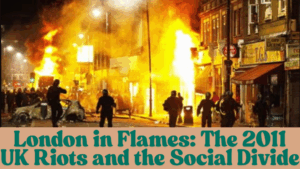The 2012 European General Strike: A Continental Cry Against Austerity. The 2012 European strike was a big protest. It was very destructive; the angry people broke the windows and glass doors of shops and banks, set fires everywhere, clashed with police, and harmed small businesses. People were holding flags of different countries and were fighting against the police. If you want to know more about the topic “The 2012 European General Strike: A Continental Cry Against Austerity,” read the complete article.
The 2012 European General Strike
The 2012 European general strike, first known as the 2012 Iberian Strike, was a general strike called initially by Spanish and Portuguese unions on 14 November 2012, which several unions and collectives from other European countries joined in strike or other forms of protest. The financially troubled nations of Europe struggle with overwhelming debt loads, and votes on cost-cutting austerity measures and the implementation of reforms have sparked riots and protests around the continent.
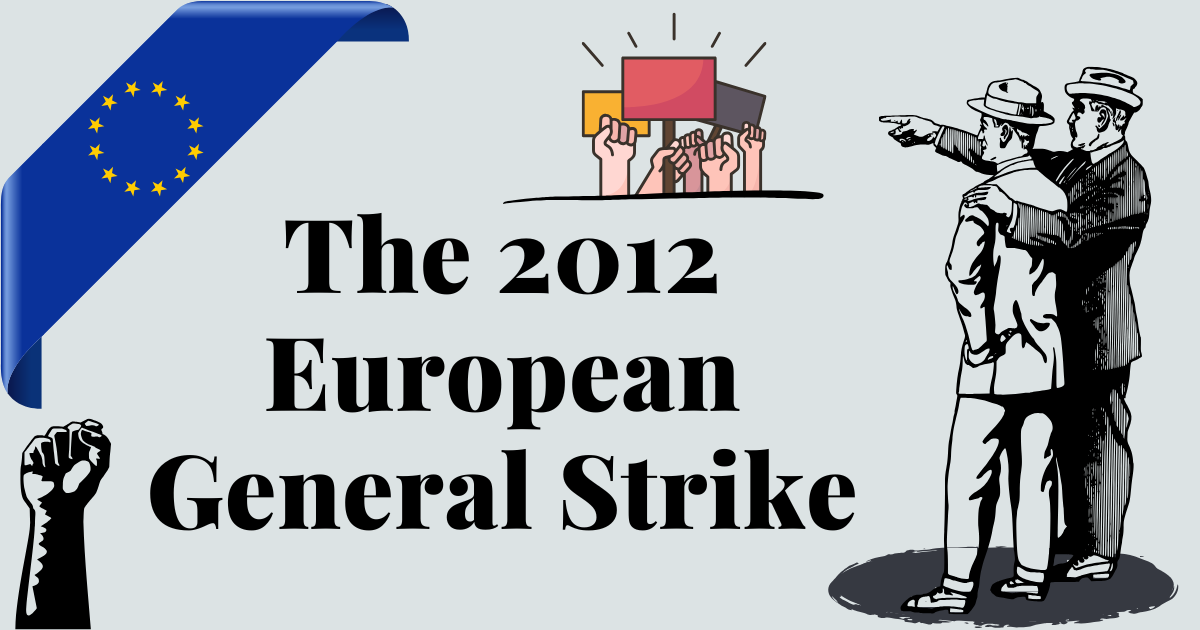
To combat a three-year financial crisis over too much sovereign debt, governments across Europe have had to raise taxes and cut spending, pensions, and benefits. As well as hitting workers’ incomes and living standards, these measures have also led to a decline in economic output and a sharp increase in unemployment.
Most recently, a union-led general strike in Spain over pro-business labor reforms turned violent as angry protesters clashed with police, blocking roads and setting vehicles and businesses on fire. The nationwide demonstrations saw clashes with police in such major cities as Barcelona and Madrid, where local businesses and national banks were damaged or destroyed. Some of the largest and occasionally violent protests took place in Spain, where a general strike is under way.
A Continental Cry Against Austerity
Austerity has spawned general strikes in individual countries across the troubled European Union. But this week may see something to add to the union’s tensions: a coordinated, multinational mega-strike. Organized labor plans a general strike against the E.U.’s austerity policies, borderless and spanning the south of the continent.
Ahead of a crucial budget meeting in Brussels later that month, Europe’s largest unions have pledged to lead marches and demonstrations on November 14 that bring together opposition parties, activist groups like Spain’s M15, and an increasing number of unemployed people to urge their national governments, banking executives, the IMF, and EU policymakers to halt austerity cuts. More than 25 million people are unemployed.
“We must nevertheless do what is necessary: break open encrusted labor markets, give more people a chance to work, and become more flexible in many areas,” German Chancellor Angela Merkel said. “We will of course make this clear, again and again, in talks with the unions.”
Consequences and Impact
Some of the consequences and impact of the 2012 European general strike are
Widespread Disruption
It was the first time in history that a European Union-wide series of strikes coincided in time. General strike was called in Cyprus, malta, portugal, Italy, and Spain, while protests and mobilizations of support occurred in France, Greece, and Wallonia, Belgium.
Symbolic Unity and Awareness
There was no sudden impact of the policy announced by the government; the strike proved to be very powerful and it symbolized unity and awareness among all citizens. It raised significant awareness among the workers of Europe who were going to be affected by this policy in the future.
Increased Political Tensions
While sudden outbreaks in the country start, it becomes quite difficult to handle and calm down crowds. It increases the pressure on political parties and police. The protest pointed out the tension between government and citizens.
Role of Unions and Social Movements
Many unions and social movements were launched by people in a rage. The main objective of these actions was to stress that the attention was currently on the Spanish risk premium, debt, and deficit instead of on the hunger of the middle and lower classes.
Limited Immediate Policy Reversal
The policy was expressed via the following: a continuous wage and pension cut, attacks on labor, social security and social rights, the heavy taxation of private property and the threat of further dramatic public services restrictions. Some governments did the policy reversal, while some argued it was essential and had to be done.
Catalyst for Further Action
An ongoing struggle and a desire for alternative economic policies were demonstrated by the 2012 strike, which was a part of a larger wave of anti-austerity protests that persisted in the years that followed. It emphasized the possibility for transnational coordination of action by labor and social movements.

